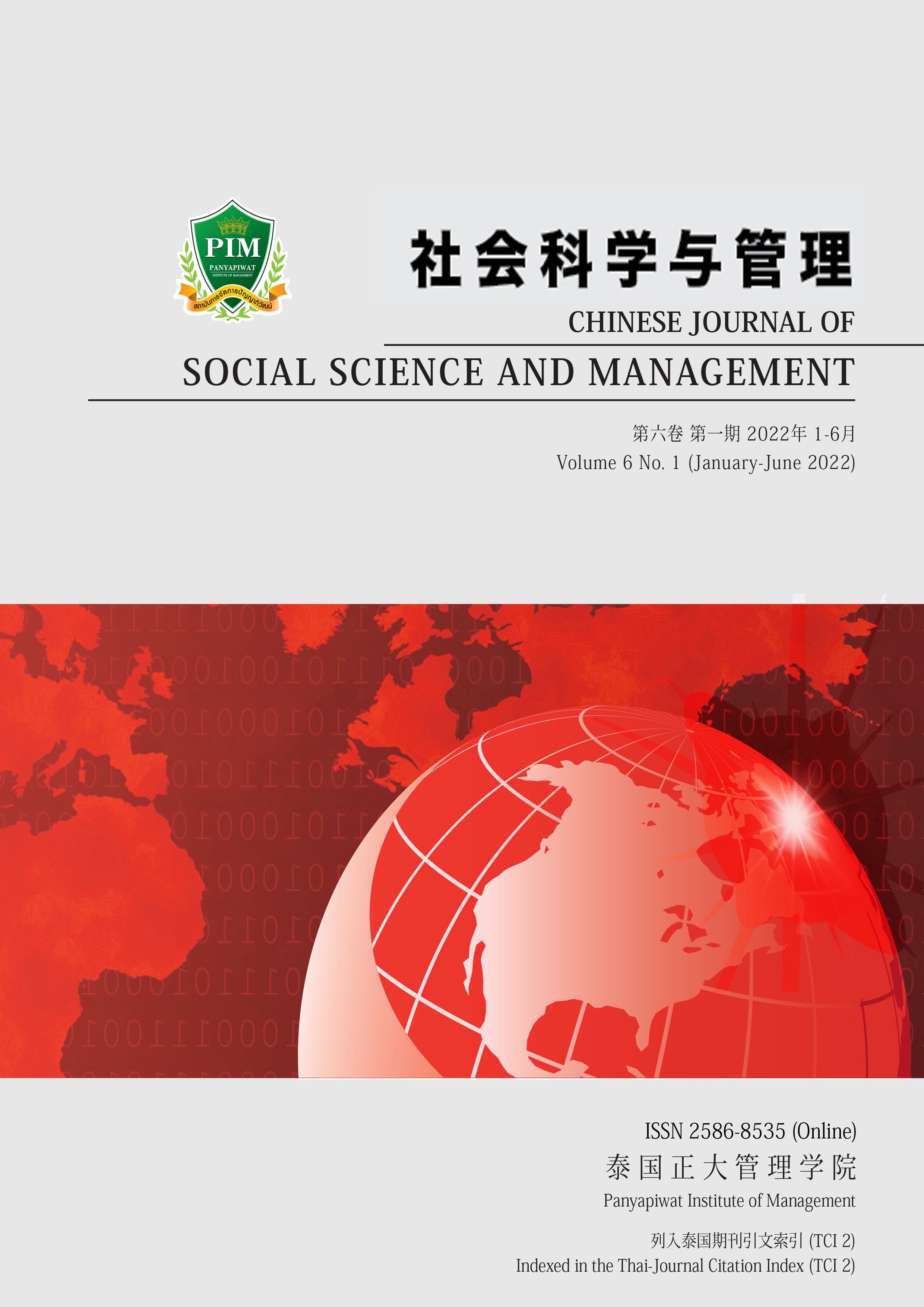泰国大学生使用现代汉语介词“给”的偏误分析及教学建议
##plugins.themes.bootstrap3.article.main##
摘要
本文主要采用调查问卷的方式考察在泰国学习汉语的泰国大学生使用汉语介词“给”的情况,通过对问卷中介词“给”的偏误数据进行统计分析,发现最高偏误率是“给2”,语义特征为引进动作行为的服务对象,有帮助或协助某人做某事的意思。偏误率最低的,是“给1 (S2:SV-O-给-X)”。学习者在句式 S1: S+给+X+V+O 能否转换成 S2: S-V-O-给-X 句式的问题上,发现学习者对 S1 可以转换成S2: S-V-O-给-X 句式的掌握好于S1: S+给+X+V+O 不可以转换成 S2: S-V-O-给-X 句式。在对偏误用例分析上,有两种的偏误类型,按照偏误率从高到低依次为:误用和错序。偏误的原因,本文总结出四大方面:一是母语负迁移,二是目的语泛化,三是学习策略与交际策略的影响,最后是教师缺乏偏误教学意识。针对这四方面的原因,本文提出了以下几点建议,一是教师教学改革对策,在教介词 “给” 的语法时,可以使用归纳法和演绎法,加强教师汉语或泰语的培训,提高中泰教师的双语能力,非汉语语境下实施中泰教师合作教学,并深入了解学生母语的负迁移影响,教学讲求针对性。二是学生习得对策,学习者熟练掌握介词“给”的语义、语法功能,了解介词“给1”至“给4” 的语义及与动词搭配使用的语法规则。最后采用恰当的学习策略,不要过度依靠母语。
##plugins.themes.bootstrap3.article.details##
Chinese Journal of Social Science and Management Editorial Division
The Office of Research and Development, Panyapiwat Institute of Management
85/1 Moo 2, Chaengwattana Rd., Bang Talat, Pakkred, Nonthaburi 11120, Thailand
Tel. 02 855 01048 E-mail: cjssm@pim.ac.th
参考
Corder, S. P. (1967). The significance of learner’s errors. IRAL: International Review of Applied Linguistics in Language Teaching, 5(4), 161-170.
Corder, S. P. (1974). Error analysis and remedial teaching. In W. R. Lee (Ed.), The IATEFL Conference (pp. 1-15). Institute of Education Sciences. https://eric.ed.gov/?id=ED101573
Selinker, L. (1969). The psychologically relevant data of second-language learning. In P. Pimsleur, & T. Quinn (Eds.), The psychology of second language learning (pp. 35-43). Cambridge University.


